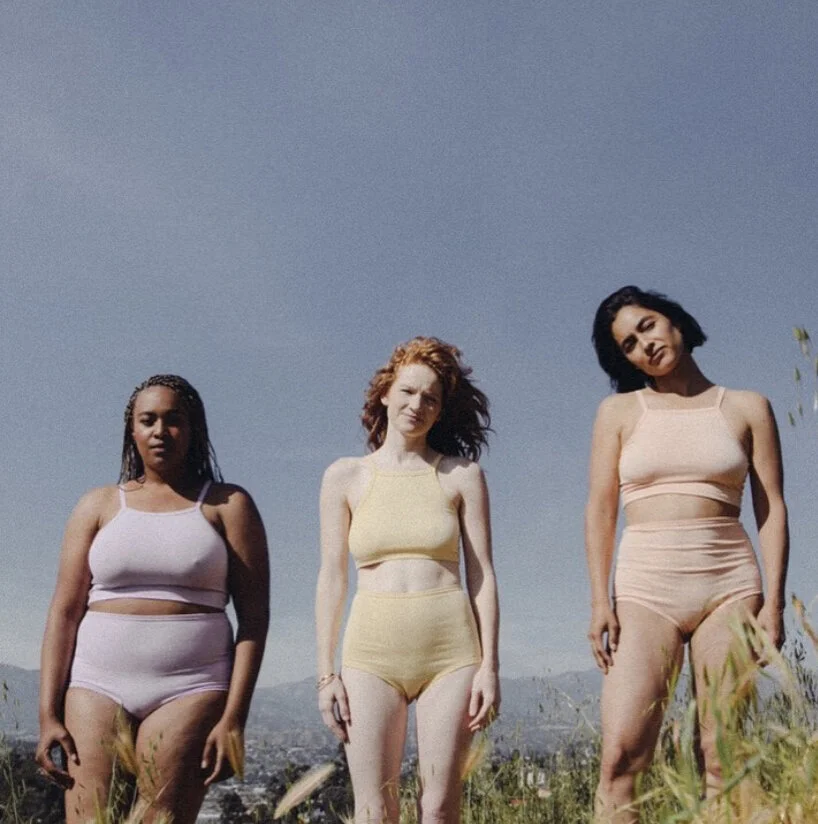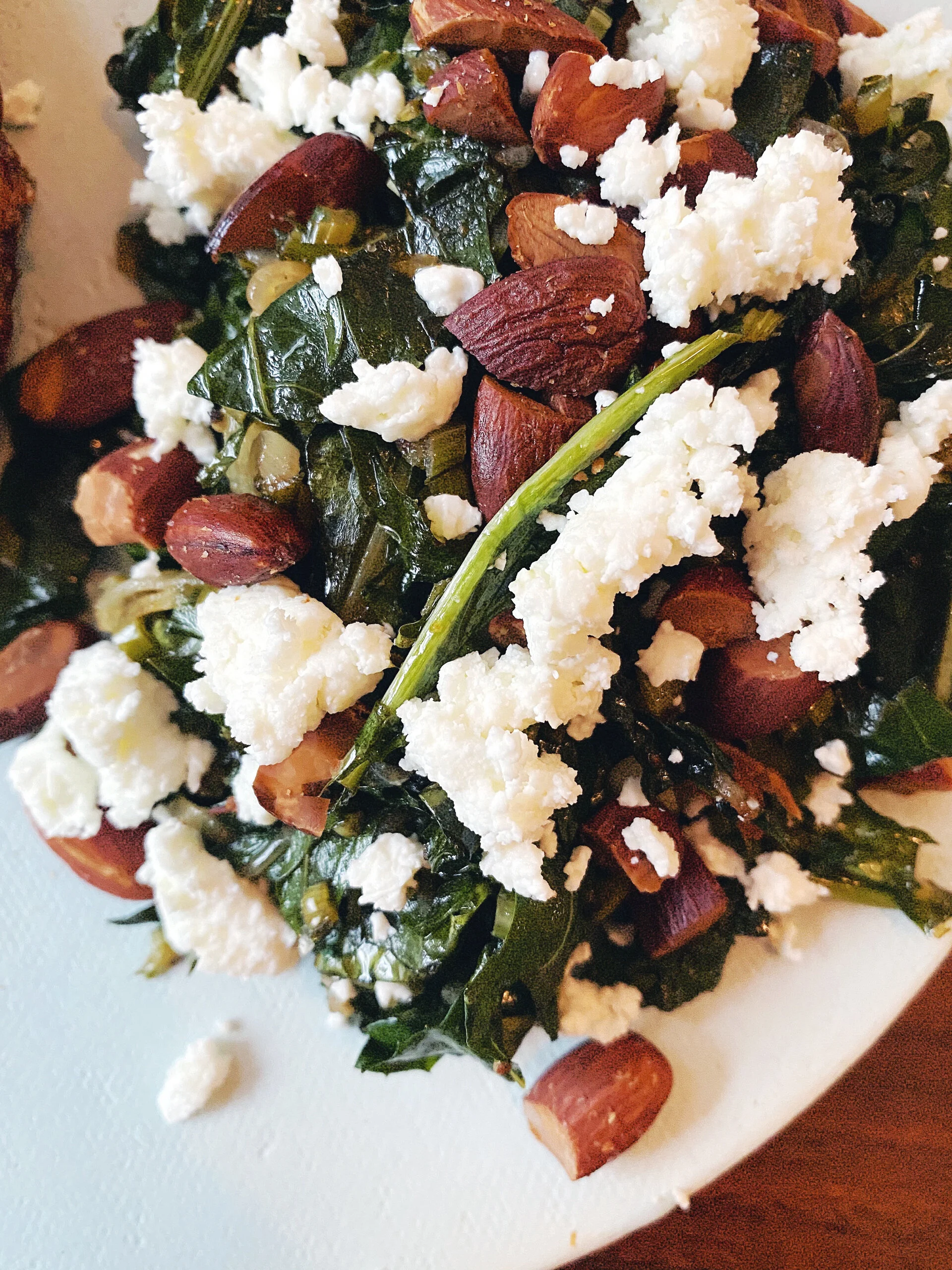Your ‘Ideal’ Body, and Why You Want It
A 2011 British survey found 12% of women would give up two to ten years of their lives just to be their ideal weight, while 29% of men think about their appearance at least five times a day. So what makes an ideal body, and why do we want one so badly?
A good place to start is by looking at “hyperideal” bodies – representations of bodies that are culturally situated as ideals. We measured catwalk models, shop mannequins, supermodels, porn stars (OK, we didn’t actually measure the supermodels and porn stars, we got their data from the internet) and even Barbie and GI Joe “action figures” (not dolls!), whom we measured with adjustable rulers and dental floss.
Shapeliness and thinness
What’s common to these bodies? For female bodies, it can be summed up in two words: shapeliness and thinness. The body mass index (BMI, the square of weight in kilograms divided by height in metres) of the average Australian woman is about 27. In exercise science students it is 22, in catwalk models 20, in porn stars 18, in supermodels 17.5, in shop mannequins 17 and in Barbie 14.5 (a level achieved by about one in every 100,000 Australian women, usually as a result of some life-threatening condition).
The ratio of waist-to-hip girth is a simple shape measure which is a consistent index of how attractive men (and women) find women’s bodies. Lower is better, but within limits. Men lust after women with ratios about 0.6-0.7, a range that happens to include Kim Kardashian (0.65), Angelina Jolie (0.66) and Scarlett Johansson (0.72). The average young woman scores about 0.75, models 0.70, porn stars and supermodels 0.69 and Barbie 0.56.
Regular readers of The Thirlby will not, I’m sure, be taken aback to learn bust size also matters. Barbie’s bust-to-waist ratio is 13 standard deviations above the mean.
The Conversation is talking about Kim Kardashian. What is the world coming to?Elizabeth Hilton/Flickr, CC BY
We developed a simple measure of whole-body female shapeliness, the Hourglass Index, which is the bust-waist ratio divided by waist-hip ratio. In this case, higher is better. Astronomical is better still. For athletic young women, the Hourglass Index is 1.8. It is 1.9 for models, 2.0 for shop mannequins, 2.1 for porn stars, 2.2 for supermodels and a quite dizzying 3.5 for Barbie.
The recent vogue for supersized derrières has led to some impressive Hourglass Index values: 2.2 for Ms Kardashian, 2.3 for our Australian representative, Iggy Azalea, 2.4 for Angelina Jolie, 2.9 for Nikki Minaj. Rapper Coco Austin allegedly scores 3.0.
The ideal face
Science has thrown up some interesting observations on facial beauty. A celebrated study asked people to rate the attractiveness of female faces. In both the UK and Japan, the key differences between “beautiful” and “plain” faces were the same: a more rounded jaw, more arched eyebrows, larger eyes and smaller distances from the tip of the chin to the lower lip, and from the upper lip to the bottom of the nose.
Facial symmetry is also important: men, women and babies prefer more symmetrical faces. Men with symmetrical faces report more sexual partners, and symmetrical couples report more orgasms. Facial asymmetry increases with age.
One possible reason is that symmetry may be a visible marker of the ability of the body to resist infection and injury, and hence an “honest advertisement” of good genetic material. Alas, when we measured facial symmetry in our lab, I had the least symmetrical face of all of us. At least my wife can be confident about my faithfulness.
Male attractiveness
But enough of boobs and booties, what about the boys? The boys are suffering, too: 30% of young Finnish males report severe dissatisfaction with their muscularity, with 12% using supplements or steroids.
Male attractiveness to both men and women is related to a triangular body shape: broad chest, narrow hips, high chest-to-waist ratio. Male shop mannequins are not especially muscular – in fact they are quite slight – but they are abnormally tall (about 187 cm) and very broad in the shoulders and narrow in the hips.
Men, but less so women, are attracted by high muscularity. The average size of GI Joe’s biceps more than doubled between 1965 and 1995.
Why is this the ideal?
So why do we find thinness and shapeliness attractive? The argument is at the front line of the Culture Wars. Cultural theorists argue that beauty is socially constructed (what isn’t, these days?) and is as subject to cultural relativism as preferences in fashion or food.
They cite as evidence historical ups and downs in preferences, from the voluptuous dimples of Rubens to the stick-insect figure of Twiggy.
We are conditioned, they say, by the models we have around us, and historical churn in body image is designed to keep us in a state of perpetual dissatisfaction, driving the cosmetic, fashion and fitness industries. Cultural relativists argue that we could be persuaded to fetishise a cardboard box if Rupert Murdoch set his mind to it.
Sociobiologists, on the other hand, argue that thinness, shapeliness and symmetry are markers of youth and fecundity – the readiness of women to bear children, and the virility and strength of men – and that we are programmed to find these traits attractive.
Ideal female and male body shapes exaggerate stereotypical sexual characteristics: big breasts, big bottoms, narrow waists for women; broad chests and big biceps for men. There have been societies that lean towards shapeliness, and Western societies that lean towards thinness, but there never has been a Western society that idealises fat, shapeless bodies.
And it’s time to change these Eurocentric, Western ideals of the body.
About the Author
Tim Olds is is a Professor of Health Sciences at the University of South Australia. After completing a PhD in French Studies at the University of Sydney, Tim went on to study exercise science, receiving a second PhD in 1997. His research interests have been in mathematical modelling of cycling performance, anthropometry, and secular trends in the fitness, fatness, physical activity and food intake. He was Project Director for the Australian National Nutrition and Physical Activity Survey, and for the ADAPT Project, which used 3D anthropometry to match body types with military aircraft. Tim’s current work looks at how people use their time, especially when undertaking behavioural change programs.


